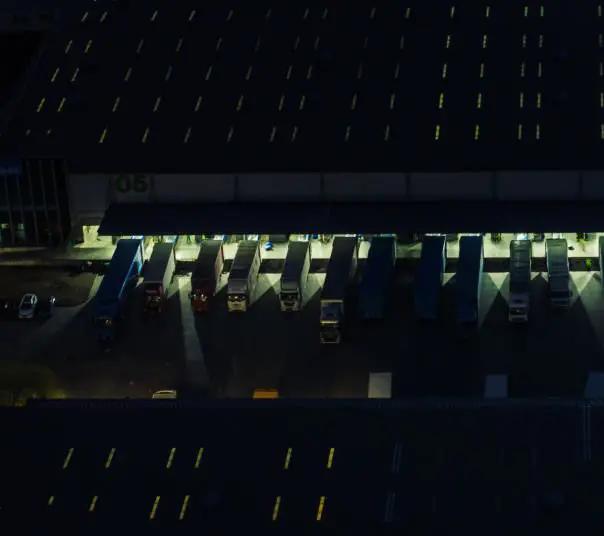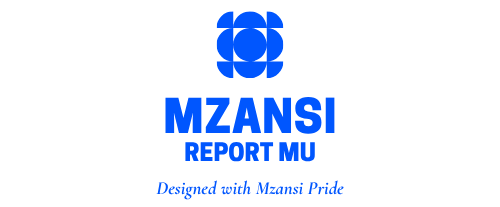
As the world’s hunger for clean energy grows, cobalt has emerged as a linchpin in the transition. The Democratic Republic of the Congo (DRC) — accounting for over 70% of global mined cobalt output is stepping into a new era. With its freshly announced export policy, the country is introducing a quota framework that promises to reshape how cobalt is traded and governed.
Understanding the Policy
Under this new export regime, mining firms will receive export quotas based on their performance over the previous three years. In other words, a company’s past production and shipment record will determine its right to export cobalt. This replaces earlier ad-hoc suspensions and aims to deliver long-term predictability and fairness across the sector.
Why the DRC Acted
The DRC government’s motivations fall into three main buckets:
- Stabilising cobalt prices. Unchecked exports in recent years created price volatility. By controlling volumes, the DRC can help support more balanced market pricing.
- Encouraging accountability. Export rights tied to verifiable production records reduce the room for smuggling and unreported flows, strengthening supply-chain transparency.
- Promoting sustainable growth. By forging a clearer regulatory framework, the DRC signals its commitment to responsible mining, ethical sourcing and local value-addition.
Impact on the Mining Sector
For major mining companies, this policy brings clarity. Export quotas based on transparent metrics reduce the uncertainty of arbitrary export bans or last-minute policy shifts. The government benefits too: better revenue forecasting, improved data on shipments and stronger oversight over exports.
Boosting Investor Confidence
For global investors, the message is clear: the DRC is shifting from unpredictable interventions to a structured framework. This signals that the country is open for business under consistent, transparent rules — a welcome shift for firms in batteries, electric vehicles (EVs), and related supply chains.
Global Implications
The ripple effects are significant:
- Market stability. A quota-based system curtails sudden supply surges, helping to stabilise prices in the cobalt market.
- Clean energy transition. With better assured cobalt supply, battery makers and EV firms can plan production with greater confidence.
- Local value addition. The policy dovetails with DRC aims to boost domestic processing of cobalt rather than exporting raw materials alone.
The Role of Data and Transparency
A key innovation in the policy: export eligibility is based on historical, verifiable production and shipment data. This creates a digital trace of the cobalt supply chain, aligning with global standards around ethical sourcing, traceability and governance.
A Win-Win Framework
- For the DRC: predictable revenue streams, improved oversight, better governance of strategically important minerals.
- For mining companies: fair, performance-based export rights rather than unpredictable bans.
- For the global industry: a more reliable, transparent cobalt supply chain that underpins the clean energy transition.
Shaping Africa’s Mining Future
The DRC’s approach signals a broader trend: African resource-rich nations asserting greater control and value from their mineral endowments. By pioneering a data-driven quota system, the DRC may influence other countries with lithium, nickel or graphite reserves to adopt similar frameworks — boosting economic empowerment across the continent.
Conclusion
The DRC’s cobalt export quota policy marks a milestone in mineral governance. By linking export rights to verified performance, it balances national interests, industrial growth and global demand. As the energy transition accelerates, the DRC is positioning itself not just as a supplier, but as a strategic partner in a more stable, transparent global cobalt marketplace.
FAQs
1. What is the DRC cobalt export policy?
It is a structured framework that allocates export quotas for cobalt based on mining companies’ historical production and shipment data.
2. Why has the DRC introduced this policy?
To stabilise cobalt prices, improve accountability in the supply chain and promote more sustainable, value-added mining practices.
3. How will this policy affect global cobalt prices?
By restricting sudden oversupply and smoothing volumes into the market, it aims to support more stable and predictable cobalt pricing.
4. What does this mean for the electric vehicle industry?
With a more predictable cobalt supply from the DRC, EV manufacturers and battery producers gain greater certainty in sourcing a key raw material.
5. How does the policy promote responsible mining?
By tying export rights to verified production and shipment records, it discourages illegal exports and reinforces transparency and traceability.
